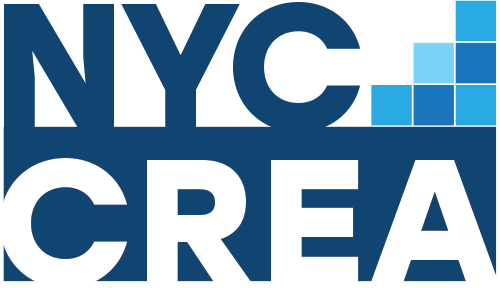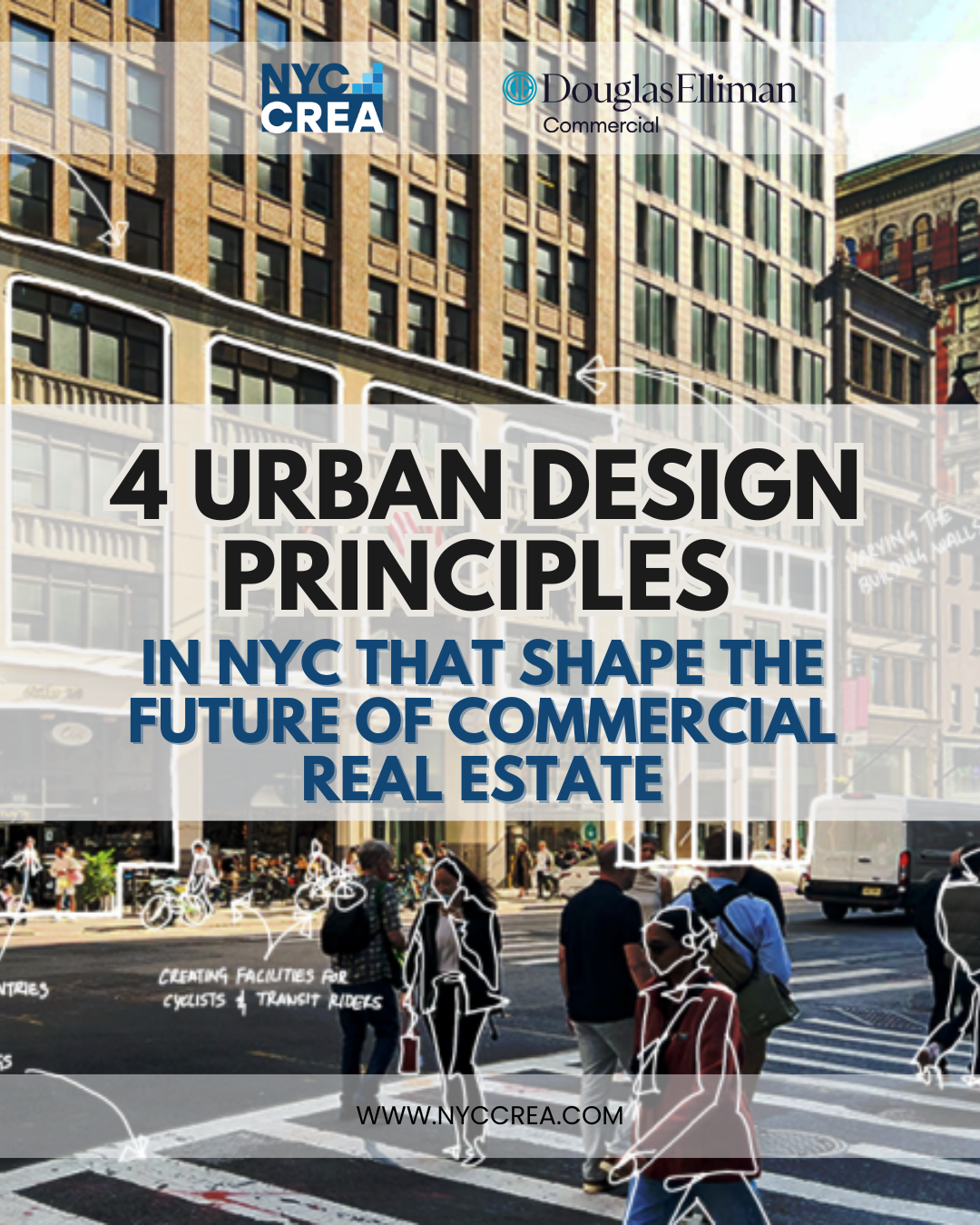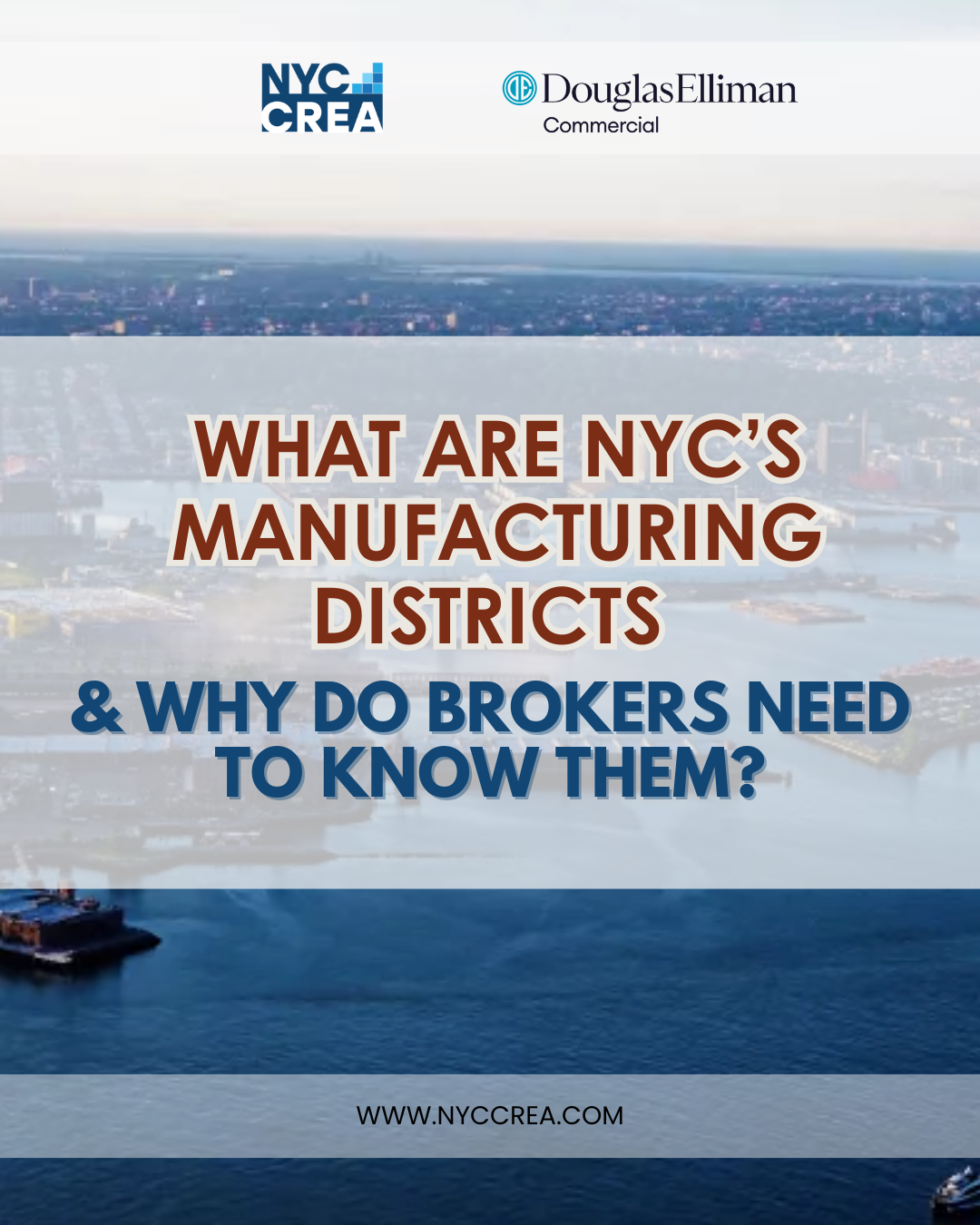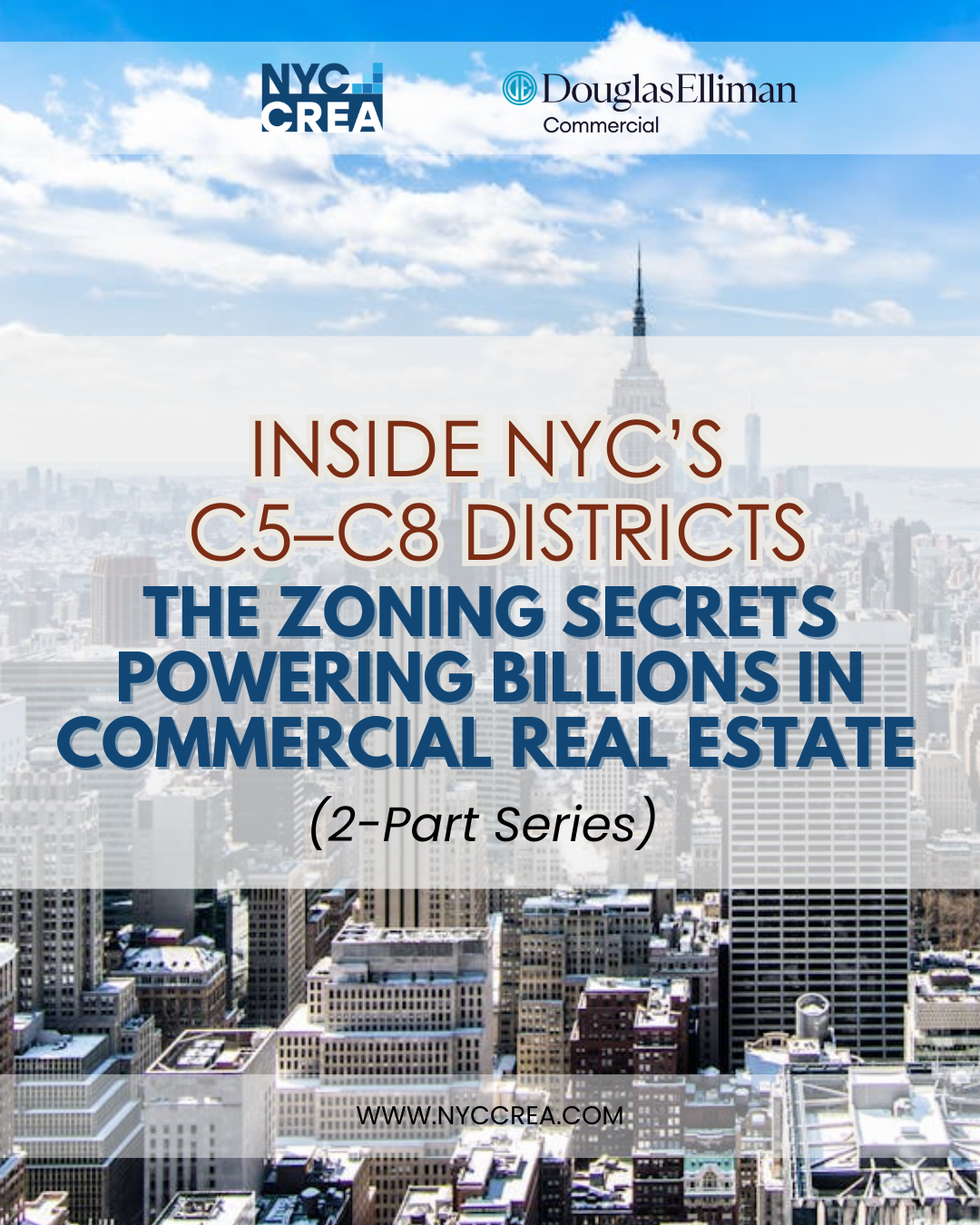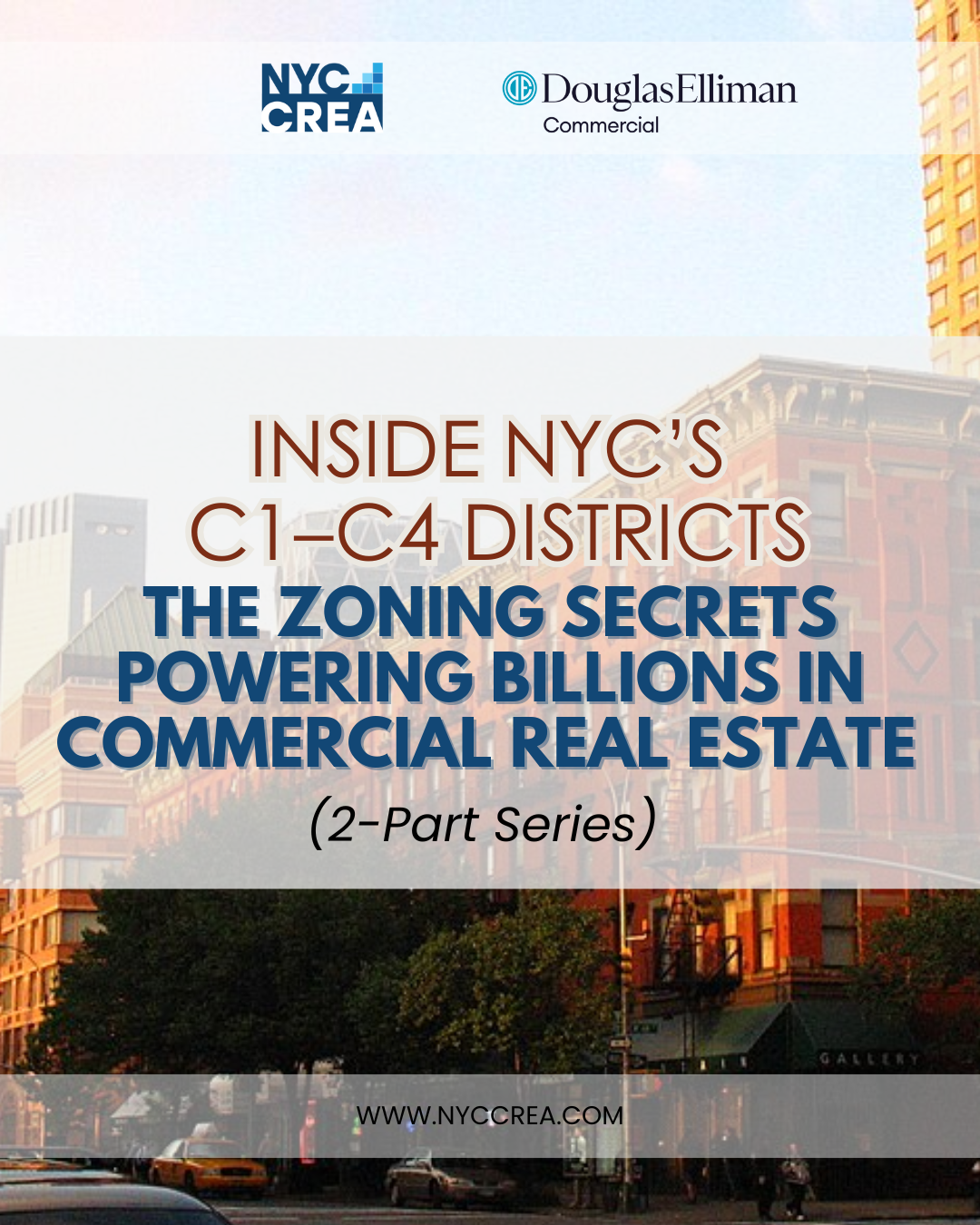New York City’s new 485-x and 467-m tax incentives are a fresh push to boost affordable housing and repurpose unused office spaces. By offering long-term tax breaks, the programs aim to fill pressing housing needs while adapting outdated commercial real estate for modern use. Though promising, they introduce new challenges for developers around affordability and compliance, shaping an ambitious path forward for the city’s evolving landscape.
The New York City Department of Housing Preservation and Development (HPD) recently unveiled proposed rules for these two major real estate incentives. The 485-x tax break is a successor to the expired 421-a program while the new 467-m incentive is designed to promote office-to-residential conversions. Approved by state lawmakers in April, the 485-x program offers a 40-year tax exemption for developers who include affordable housing units in large residential projects, marking an extension from the previous 35-year limit under 421-a. This program specifically targets high-density areas, such as Manhattan below 96th Street and parts of Brooklyn and Queens, and requires a portion of units to be income-restricted at various levels of the area median income (AMI).
Meanwhile, the 467-m incentive encourages converting non-residential buildings into residential properties, addressing New York City’s critical housing shortage while adapting to shifting demands in the office market.
The proposals must be finalized before HPD can approve applications for both programs, The Real Deal reported in October. Both incentives are structured to alleviate New York’s housing crisis by increasing affordable housing stock and repurposing underutilized commercial spaces. Developers have had access to the online application portal for these benefits since June, and HPD is working swiftly to finalize the rules, with plans to begin approving applications by early 2025. However, while both programs bring potential to reshape the city’s real estate landscape positively, they also pose significant challenges, especially around affordability requirements, wage stipulations, and compliance complexities for developers.

Positive Impact on Commercial Real Estate
The 485-x and 467-m programs are expected to drive positive transformations in New York City’s commercial real estate market, particularly in stimulating residential development in underutilized office spaces. By incentivizing office-to-residential conversions, 467-m can help revitalize struggling office markets and provide a pathway for adaptive reuse, ensuring these buildings remain economically viable amidst declining demand for traditional office space. With housing shortages reaching critical levels, the conversions supported by 467-m align commercial real estate with New York City’s pressing housing needs, potentially creating thousands of new apartments and boosting urban density in a sustainable manner.
Additionally, the new 485-x tax break offers substantial benefits for large-scale residential developments, especially in high-demand areas where affordable housing is scarce. The program mandates that at least 25% of units in eligible projects remain affordable, ensuring long-term access to housing for low- and middle-income New Yorkers. This strategy, coupled with the program’s extended 40-year tax exemption, makes it financially viable for developers to pursue ambitious housing projects that might otherwise face profitability constraints. As construction under 485-x must also meet specific wage standards, these initiatives will likely create fair-wage jobs, benefiting local economies and supporting equitable growth in the real estate sector.

Challenges Facing the Incentive Programs
Despite the potential benefits, implementing the 485-x and 467-m programs presents several challenges for developers and stakeholders. Compliance with the income restrictions and wage requirements is complex, particularly for projects with overlapping mandates across various programs. The requirement for developers to employ a minimum percentage of minority- and women-owned businesses (MWBE) adds another layer of oversight. While promoting diversity in contracting is a positive step, real estate attorneys have pointed out ambiguities in what constitutes “reasonable effort” in MWBE compliance, particularly for projects initiated during the transition period after 421-a’s expiration. Developers are left uncertain about compliance standards, creating risk around the eligibility and potential financial penalties associated with these benefits.
Another challenge lies in balancing affordability requirements with economic feasibility, as the rents for affordable units under 485-x are slightly reduced to broaden low-income eligibility. While this adjustment aims to help more families qualify, it could strain developers’ financial models, especially in areas where construction costs are already high. HPD has not yet clarified the penalties for non-compliance, further complicating developers’ planning processes. Without a clear penalty schedule, developers face uncertainty over the financial consequences of failing to meet affordability or wage requirements, which could impact their ability to secure financing or accurately budget for long-term project viability.

Bold Step for Housing and CRE
The 485-x and 467-m tax incentives signify a bold step toward addressing New York City’s intertwined crises of housing shortage and underutilized commercial space. These programs offer innovative solutions to expand affordable housing and adapt commercial properties to meet evolving urban needs, providing a promising framework for more resilient and sustainable urban development. If managed well, these incentives could bring substantial benefits to New York City’s economy, addressing immediate social needs while creating economic opportunities for a range of stakeholders.
However, the success of these programs will depend heavily on clear and transparent guidelines, as well as robust support from both the public and private sectors to navigate the complexities of compliance. If HPD can work closely with developers to clarify ambiguities and streamline regulatory procedures, these programs could pave the way for a new era in New York City’s commercial real estate landscape, fostering both social equity and economic resilience.
